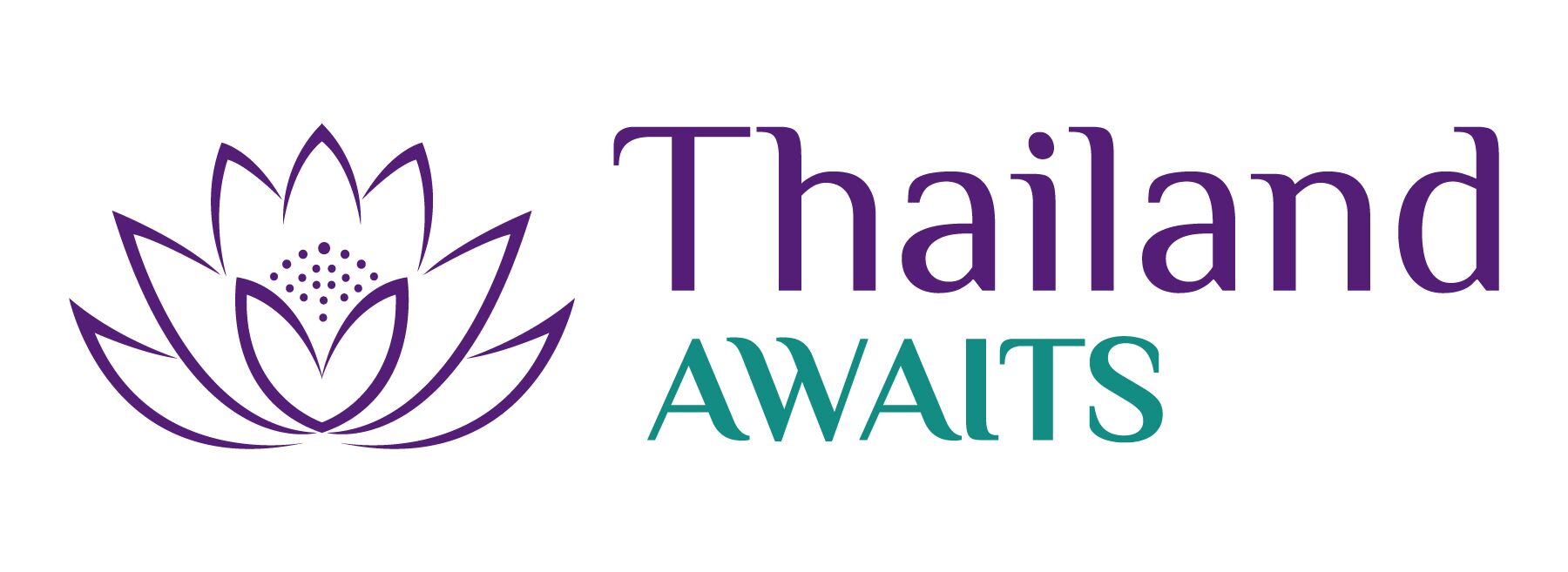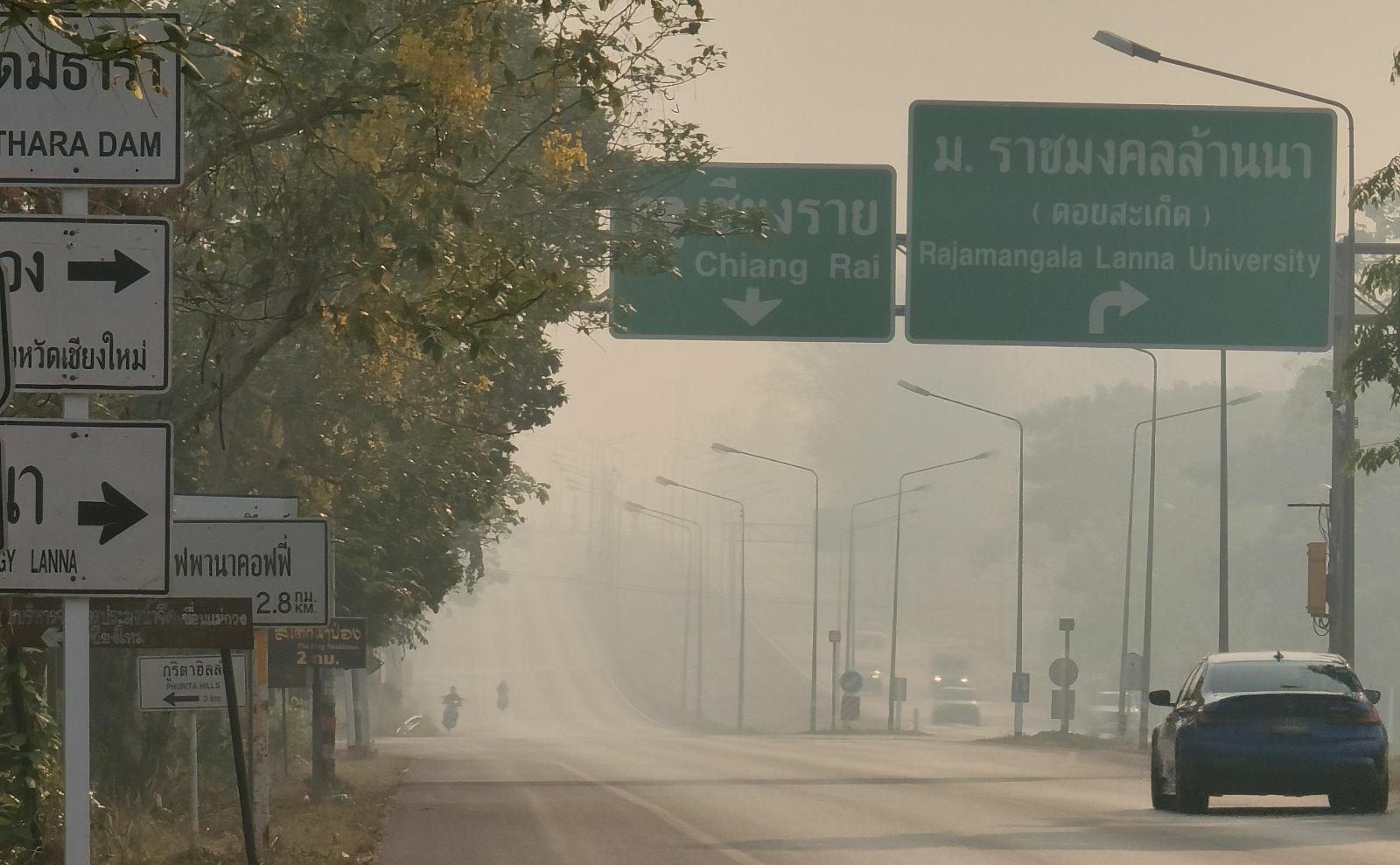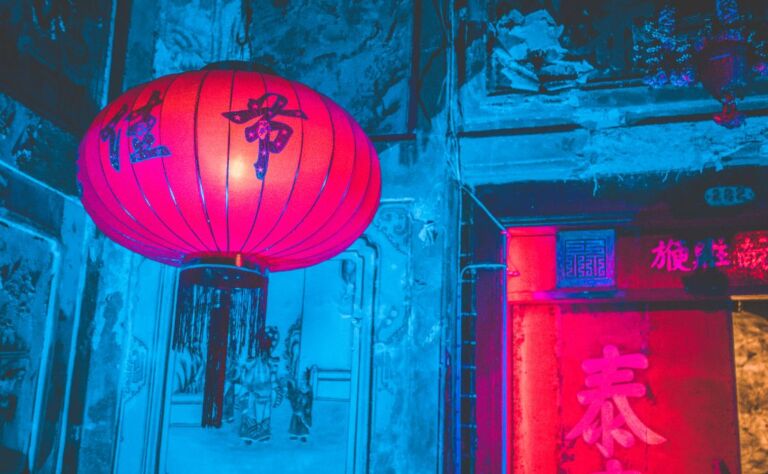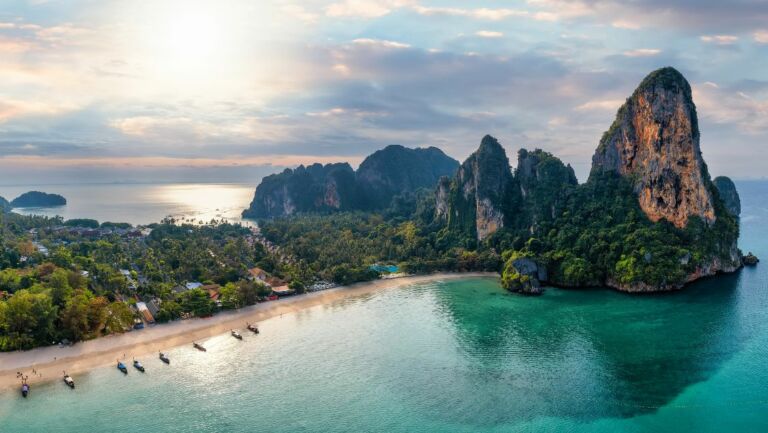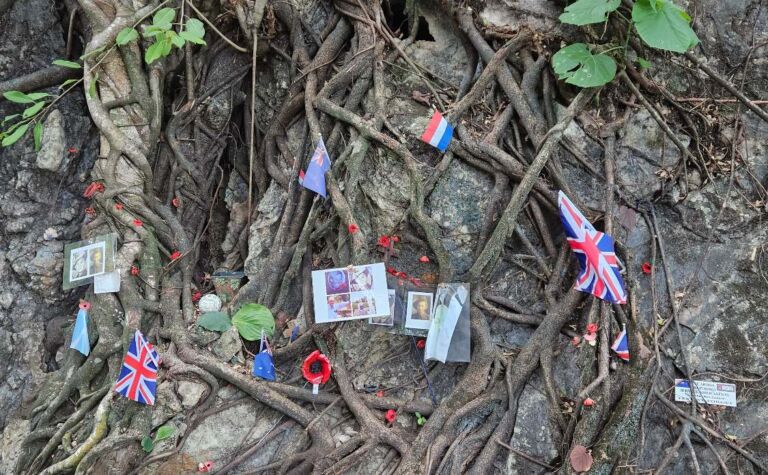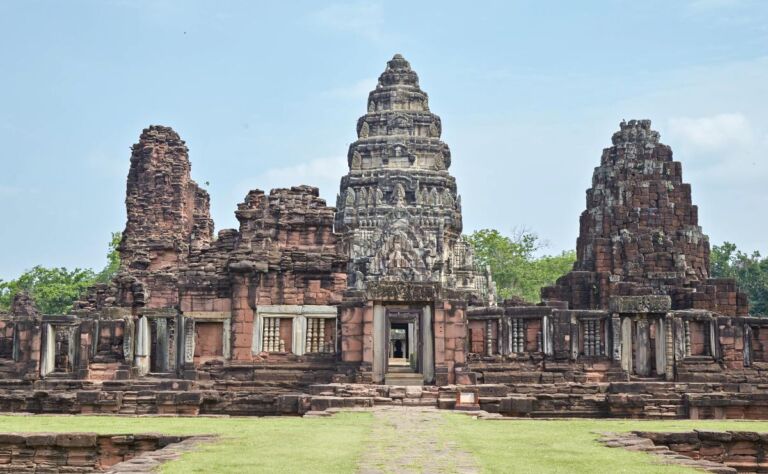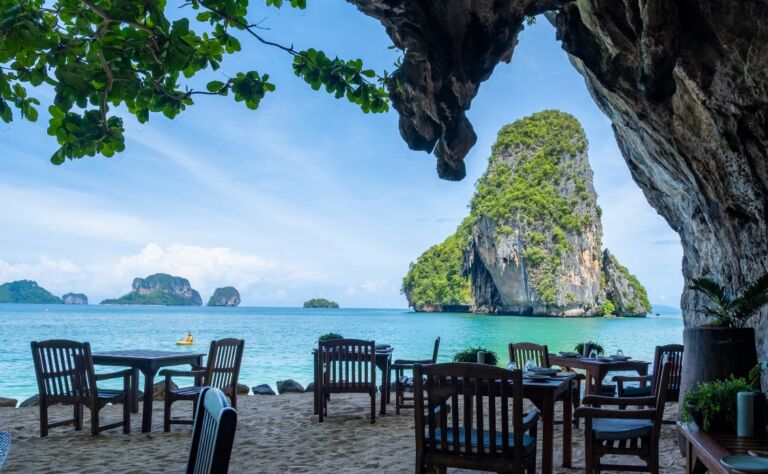Navigating Burning Season in Thailand: A Guide to Air Quality & Destinations
Burning season in Thailand can put a damper on your travel plans, especially if you’re headed to the affected areas. Perhaps you planned your trip unaware of what burning season is or when it happens? We asked Stephen Christopher who has lived through several burning seasons in Thailand for his advice on how best to manage a visit at this time, which cities should you avoid, and where should you go instead.
So, whether you’re a Thailand first-timer or a seasoned traveler, buckle up. You’re about to get a local’s perspective on outsmarting the burning season and making the most of your trip.
This page contains affiliate links. Please see our disclosure policy for more details.
Understanding Thailand’s Burning Season
The Burning Season in Thailand occurs when farmers in Northern Thailand and Northern Laos resort to the traditional method of slash-and-burn agriculture. This practice is intended to clear land for new crops. Quite simply, they set fire to the area, which is much faster than turning the soil. Unfortunately, these fires produce a substantial amount of smoke, severely impacting air quality.
Typical indicators of the Burning Season include a noticeable decrease in air quality, leading to hazy skies and reduced visibility. For those unaccustomed to this level of smoke and haze, it can come as quite a shock. The season is not only an inconvenience but also poses significant health risks, especially for individuals with respiratory conditions or sensitivities.
When is Thailand’s Burning Season?
Picture this: the rainy season finishes in the north in October, and for three months, there’s barely a drop of rain. By January, the ‘dry season’ is in full swing. Now, add to the mix fires burning all around, with no chance of being extinguished. Presto, you have “Burning Season.”
Burning season in Thailand occurs annually from late January to April, reaching its peak in March.
It typically tapers off by mid-April, just in time for the Thai New Year celebrations, known as Songkran. However, the impact on air quality can linger for a couple of extra weeks, particularly in highly affected areas. While essential for the farmers’ livelihood, it causes a range of environmental and health challenges for residents and visitors alike.
Travellers planning to visit Northern Thailand during these months should be mindful of the adverse air quality and consider alternative destinations or appropriate health precautions to avoid respiratory issues.
The Impact of the Burning Season on Air Quality
The burning season generates a cocktail of pollutants into the air, primarily particulate matter known as PM2.5 and PM10, carbon monoxide, nitrogen oxides, and other harmful substances that degrade air quality. The particulate matter is particularly concerning as it can penetrate deep into the lungs, posing severe health risks.
Morning hours tend to be the most affected, with thick smog clouding the horizon and diminishing visibility. Residents and visitors alike may find it strenuous to breathe, often necessitating the use of masks to filter out some of the harmful particles.
The World Health Organization’s air quality guidelines state that the concentration of PM2.5 should not exceed 25 micrograms per cubic meter. However, levels can soar well above this threshold, sometimes reaching hazardous levels. I use the AirQuality app to check the levels, and I’ve seen them reach 400 µg/m³.
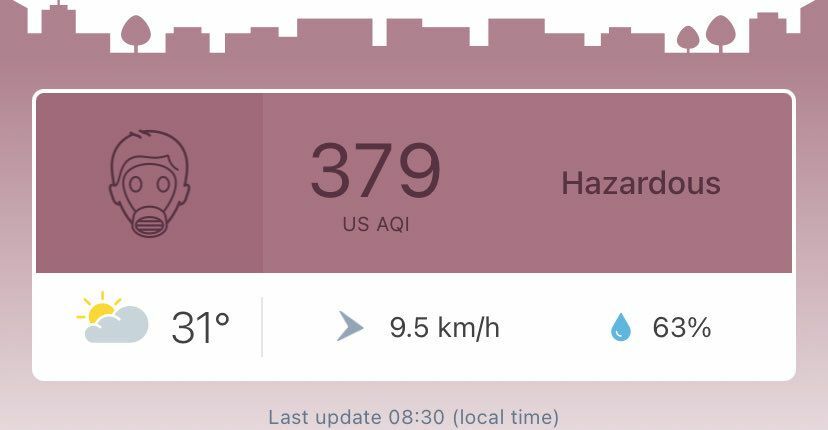
This extreme pollution impacts the health of an estimated 1.7 million people annually, causing or activating respiratory and cardiovascular conditions.
Download an air quality app if you want to monitor the situation in Thailand
The bleak air quality during this period severely disrupts outdoor activities. It’s unsafe to do anything outdoors that exerts energy, as you’re just gulping in contaminants.
Cities Most Affected by Thailand’s Burning Season
Northern Thailand bears the brunt of this annual environmental challenge.
- Chiang Mai finds itself at the epicentre of the crisis, and this is where I’ve recorded those high PM2.5 levels.
- Chiang Rai transforms into a hazy landscape that affects visibility and air quality.
- Lampang, 100 km south of Chiang Mai, isn’t spared either. The smog can obscure this beautiful city and pose risks to respiratory health.
It’s not just these cities; the entire region up to the borders with Myanmar and Laos gets enveloped in a smoky haze. Towns and rural areas also contribute to and suffer from pollution, and locals also slash and burn their land during this time.
Dust Season in Bangkok
While the burning season primarily wreaks havoc in northern regions of Thailand, the capital city of Bangkok is not immune to air quality issues. Often referred to as the “Dust Season,” the months from December to February see a significant spike in particulate matter (PM2.5).
Bangkok’s pollution woes stem from urban activity and vehicular emissions rather than agricultural burning. However, the capital’s densely packed buildings and heavy traffic contribute to the notorious haze that lingers over the city at this time of year.
Remember, by January, Bangkok hasn’t had any rain for three months, like in the north. The combination of dry weather and stagnant air further exacerbates the problem, making it difficult for pollutants to disperse. I’ve woken up to days that look like cloud cover but aren’t. In the photo below, I’m having lunch by the Chao Phraya River, and the city is blanketed in pollution.
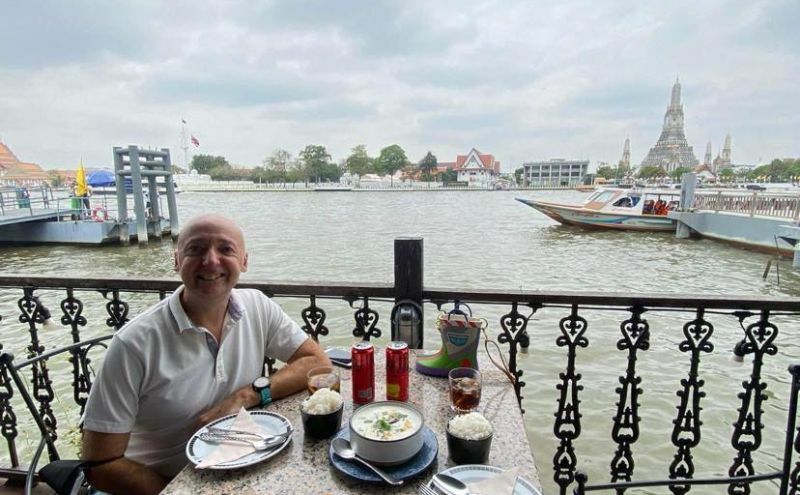
If you are planning to travel to Bangkok during the Dust Season, it’s advisable to take certain precautions. Wearing masks designed to filter out PM2.5 particles can help protect your respiratory health. Opt for indoor activities whenever possible and use air purifiers in your accommodation to ensure cleaner air.
So, can you still visit Thailand in the early months of the year with all this burning in the north and dust in the capital? You sure can! The secret is to head south or out to the islands!
Escape to the Islands: Phuket and Koh Samui
If you’re looking to avoid the choking smoke and haze of Thailand’s burning season, you’re in luck. There are several beautiful places in the country where you can escape the air pollution and still enjoy all that Thailand has to offer.
The southern regions of Thailand, including the popular tourist destination of Phuket and the tranquil island of Ko Kut, typically experience much better air quality during the burning season. These areas are less affected by the smoke drifting down from the northern and central regions of the country. Not only can you breathe easier here, but you can also indulge in pristine beaches, snorkelling adventures, and vibrant nightlife.
Phuket: The Pearl of the Andaman
Phuket combines lush landscapes, turquoise waters, and a bustling town life that’s perfect for any traveller. Whether you’re lounging on Patong Beach or exploring the old town’s Sino-Portuguese architecture, the cleaner air will make your experience much more enjoyable compared to the northern cities.
Ko Kut: A Hidden Gem
For a more serene escape, consider Ko Kood (also known as Ko Kut) in Trat Province. This island is relatively less developed, offering a peaceful retreat away from the crowds. Its clear waters and coral reefs make it a haven for snorkellers and divers, and the absence of heavy pollution is a welcome relief.
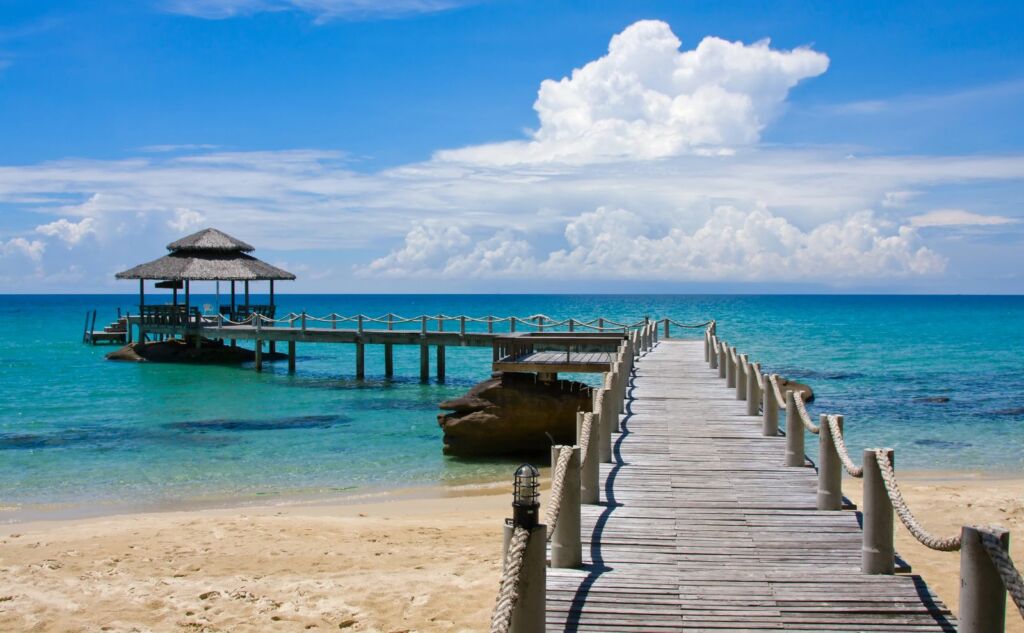
Aside from Phuket and Ko Kut, other southern destinations like Krabi and Koh Yao Yai offer better air quality and scenic beauty.
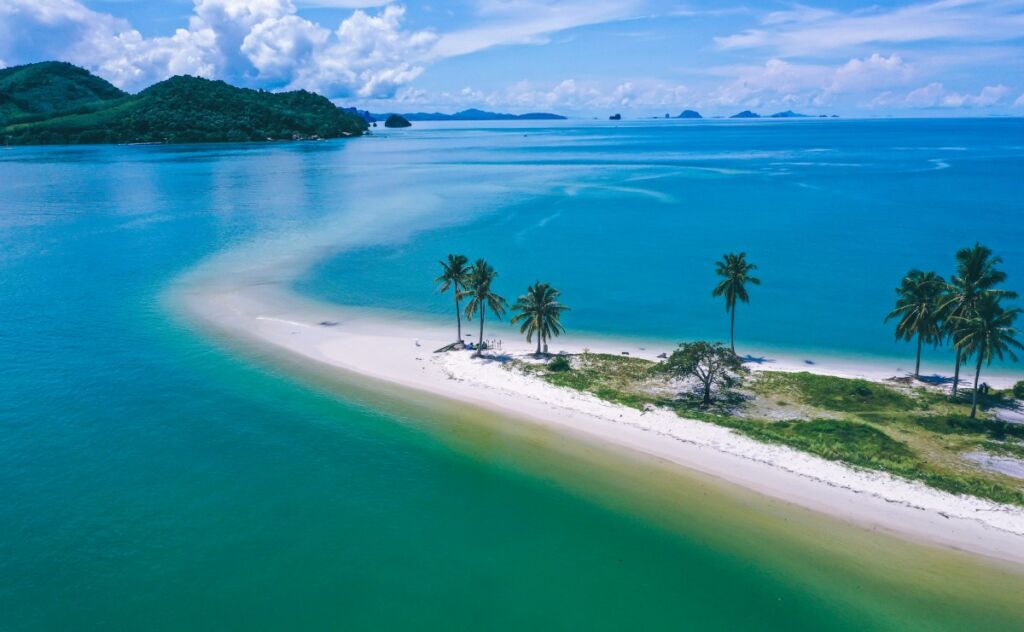
So, don’t let the burning season keep you from experiencing Thailand’s wonders. Just head to its southern gems and Andaman Sea islands.
Health Precautions for Travellers During the Burning Season
If you find yourself in Thailand during the burning season, taking a few essential health precautions can help minimise the adverse effects of air pollution on your body. First and foremost, consider wearing a high-quality mask designed to filter out fine particulate matter (PM2.5) when venturing outdoors. These masks are widely available and can significantly reduce the amount of harmful particles you inhale.
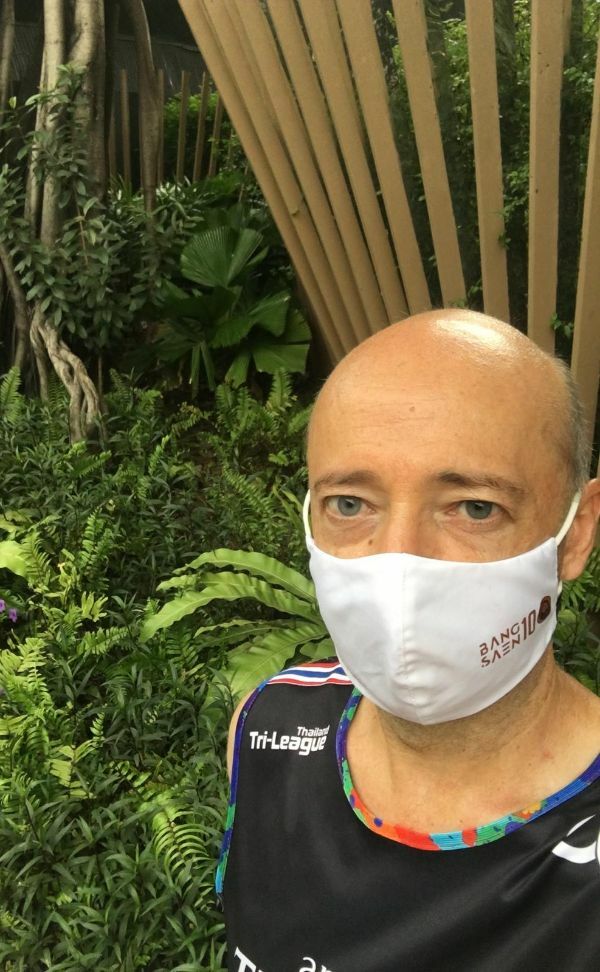
It’s crucial to stay hydrated in any climate, but it becomes doubly important during the burning season. Drinking plenty of water helps to keep your throat moist and can reduce irritation from inhaling polluted air.
If you are spending a longer time in Thailand, I highly recommend investing in a portable air purifier for your accommodation. After a couple of weeks of incessant coughing at night, we bought one of these. Within a day, I’d stopped coughing. We were mortified at how high the Pm2.5 levels were inside our apartment, even with all the doors and windows shut. The air purifier to this day is still one of the best purchases I’ve ever made since moving to Thailand.
As a half-marathon runner, I find dry and burning seasons tough for me to train during. I limit my exposure to outdoor activities, especially when air quality levels are particularly poor. I’ve found that the smog is less at night than first thing in the morning, so if you must exercise, time it accordingly.
Many smartphone applications and websites provide real-time air quality indexes (AQI). These resources can help you decide when it’s safest to go outside. I mentioned earlier that I use one called AirQuality. During the dry months, I watch this app every day.
If you have pre-existing respiratory issues such as asthma or chronic bronchitis, it is essential to keep your medication on hand. Ensure you have enough supply to last your trip and know where the nearest medical facilities are located.
For those with severe cases, consult with your healthcare provider before travelling; for your safety, you may be better off postponing your trip until later in the year.
By taking these precautions, you can significantly mitigate the health risks associated with Thailand’s burning season and enjoy your travels safely.
Don’t Let Burning Season Ruin Your Holiday
Come to Thailand at the beginning of the year; it’s still a wonderful country to visit. Instead of visiting the north, go south and explore some of those stunning islands that you see all over the guidebooks. They really do look like their pictures. If you’re keen on seeing the north, come back later in the year.
Planning a Thai adventure? Join our friendly Facebook community Thailand Awaits: Trip Planning for Beginners. Get expert advice from locals and experienced travellers, ask your questions, and discover how to make the most of your journey through Thailand.
